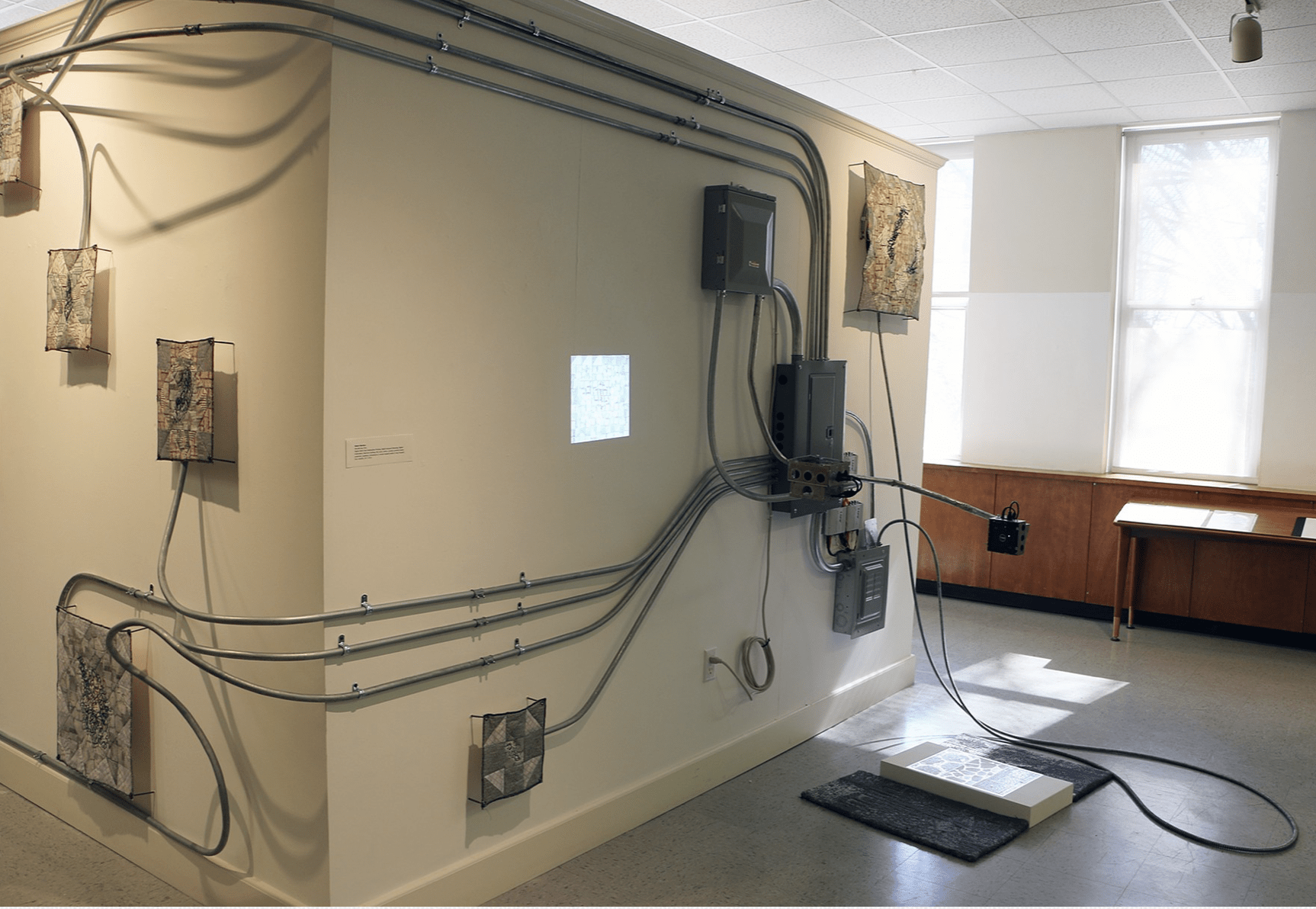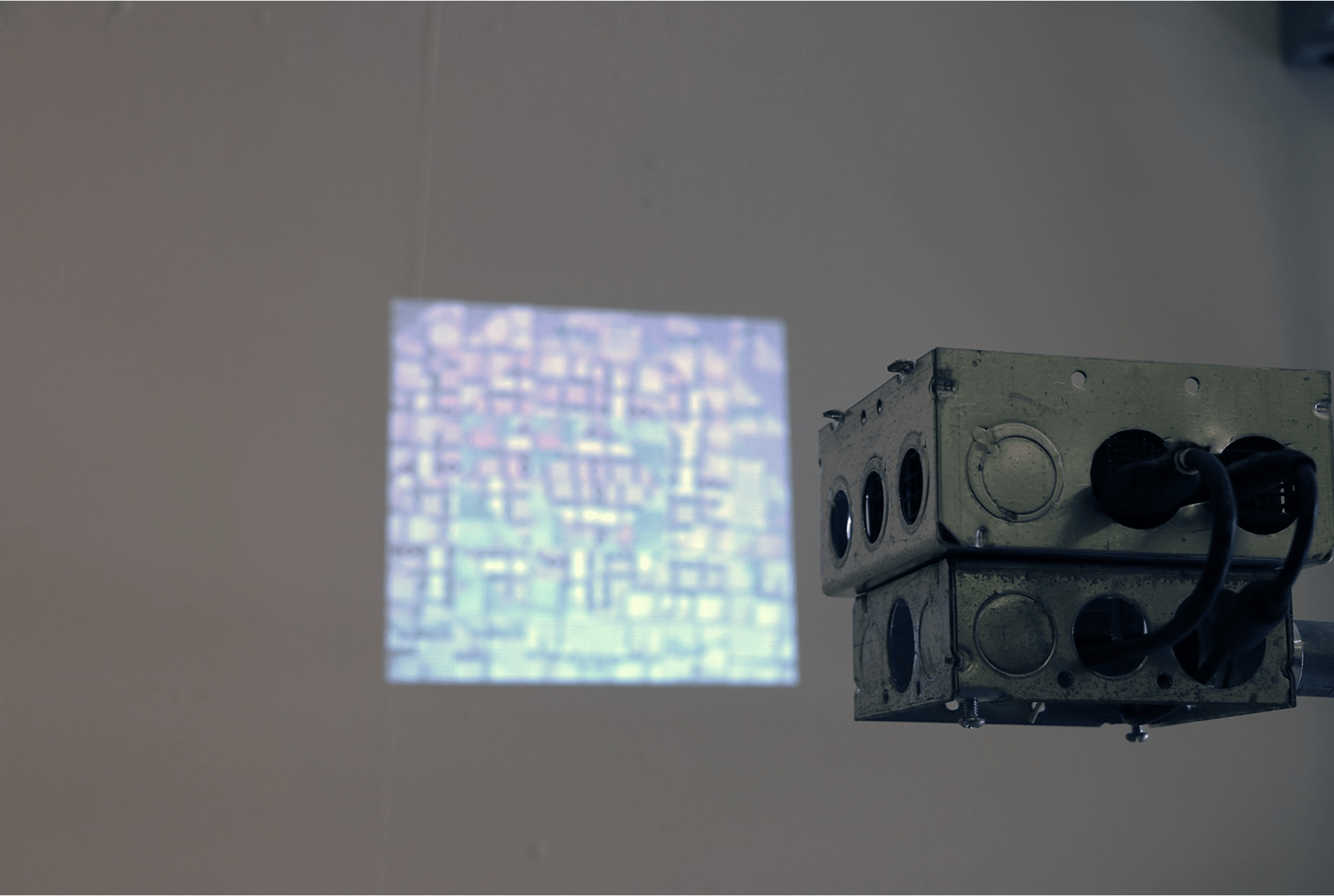
Robert Mertens is associate professor of studio art and director of fibers programs at JMU
We sat down with Professor Mertens to ask him a few questions about his approach to working in fibers.
“





Fibers Art at JMU
Textile and fiber art practices at JMU are currently on the cutting edge of contemporary art and critical inquiry, and represent one of the world’s longest and most accessible aesthetic traditions. The fiber arts program at SADAH emphasizes exploration of materials within a contemporary context that considers emergent and related issues of diversity, technological advancement, gender, sexuality and more.
Learn more here